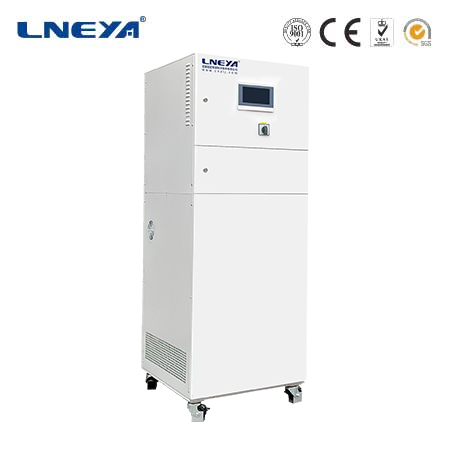refrigeration unit ton
Refrigeration Unit Ton: Understanding Cooling Capacity Measurements
The “refrigeration unit ton,” often abbreviated as RT, is a traditional unit of measurement for the cooling capacity of refrigeration systems. It is predominantly utilized in North America and has its roots in the late 1800s when ice was used for cooling purposes. One ton of refrigeration is defined as the amount of heat that needs to be removed to melt one short ton (2000 pounds or 907.18 kilograms) of ice at 32 degrees Fahrenheit (0 degrees Celsius) within 24 hours, considering only the latent heat of fusion.

Historical Context
The concept of a refrigeration ton originated when blocks of ice were used for cooling, and the demand for ice was expressed in tons. As technology advanced, vapor compression refrigeration machines took over the role of ice in cooling processes, and the term “ton of refrigeration” persisted to describe the cooling capacity equivalent to one ton of ice.
Calculating Refrigeration Tons
To calculate the refrigeration capacity in tons, the heat absorbed by melting ice is considered. Given that the latent heat of fusion for ice is 334 kilojoules per kilogram (144 BTUs per pound), the calculation involves multiplying this value by the mass of ice melted in a 24-hour period. For example, melting 2000 pounds of ice would require 12000 BTUs, which is equivalent to one ton of refrigeration.

Conversion to Other Units
Refrigeration tons can be converted to other units of power such as kilowatts (kW). The conversion factor is that 1 ton of refrigeration equals 3.517 kW. This conversion is essential for comparing cooling capacities in international settings where metric units are commonly used.
Global Shift to SI Metric Units
Although the term “refrigeration ton” is still used in North America, there has been a global shift towards using SI metric units, particularly kilowatts, for measuring cooling capacities. This transition facilitates easier comparison and standardization across different countries and industries.

Applications and Considerations
Refrigeration units are used in various applications, including commercial and industrial refrigeration systems, HVAC systems, and cooling towers. Understanding the cooling capacity in tons is crucial for selecting the appropriate refrigeration equipment and ensuring efficient operation.
Conclusion
The “refrigeration unit ton” provides a historical and practical measure of cooling capacity. While its use is primarily in North America, the understanding of this unit aids in the selection and comparison of refrigeration systems worldwide. As the industry moves towards more standardized SI metric units, knowledge of both systems ensures flexibility and adaptability in the global market.
Related recommendations
best industrial chillers
397Best Industrial Chillers: A Global Perspective Introduction to Industrial Chillers Industrial chillers are crucial for maintaining optimal temperatures in a variety of processes across d...
View detailstemperature control unit
245IntroductionTemperature control is a crucial aspect in numerous fields, from industrial manufacturing and scientific research to everyday comfort in homes and commercial buildings. Temperature co...
View detailsbtu chiller
253Definition of BTUA BTU is defined as the amount of heat required to raise the temperature of one pound of water by one degree Fahrenheit. In the context of chillers, BTU is used to measure the am...
View detailselectric glycol chiller
265Working Principles of Electric Glycol ChillersThe operation of electric glycol chillers is based on the standard vapor - compression refrigeration cycle, which is powered by an electric compresso...
View details
 LNEYA Thermal Test Chillers
LNEYA Thermal Test Chillers






HelloPlease log in